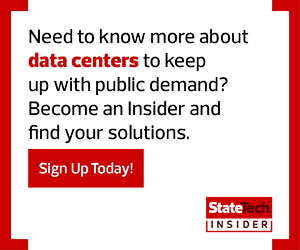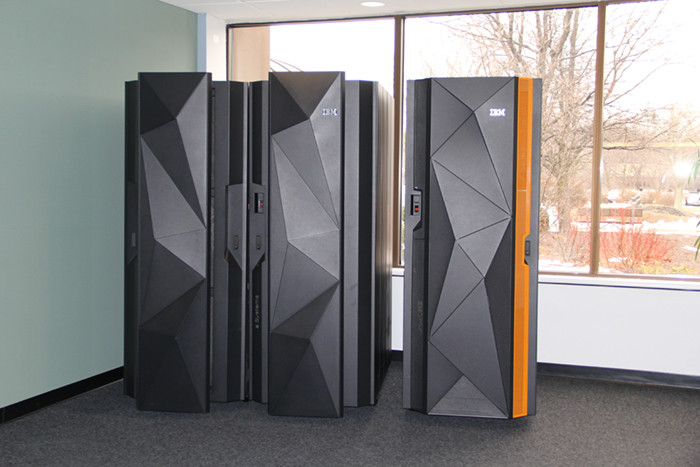What Is Mainframe as Service?
When Gordon Knopp came on board as CIO and director of Wyoming’s Department of Enterprise Technology Services in March 2019, a number of departments within the state had already switched from using items on its mainframe to off-the-shelf platforms or software that involved other infrastructure.
The two remaining departments with ties to the mainframe — the Department of Transportation and the Department of Family Services — were in the process of transitioning their systems off-premises to be managed by IBM. The transition allowed the government to avoid costly renovations to the space where the state’s mainframe was housed that would’ve been necessary to meet new federal regulatory requirements, Knopp says.
“My predecessors weighed the pros and cons of putting capital investment into fixing the physical imprint of the environment and upgrading hardware, knowing agencies were looking for ways to get off of that hardware,” he says. “They felt an ‘as a service’ platform would be a more viable option. We would be dealing with somebody who has all those boxes checked; we wouldn’t have to buy that hardware or lay out a capital expense for a short period of time.”
Variable expenses such as software and maintenance can be less of an issue. The new structure, Knopp says, offered stronger cost-projection capabilities.
“It’s more of a known budget item,” Knopp says. “You can say, ‘This is the dollar amount for the next three years.’”
READ MORE: Find out how state governments have addressed legacy IT in a time of crisis.
The Benefits of Mainframe as a Service
Mainframe management providers offer continuous service, which can help quickly quell any issues that arise, particularly after hours when an onsite IT staff member might otherwise have to address them. External providers can also supply on-demand services as they’re required.
That can be a critical need for many state governments, who may be asked to meet new legislative or other requirements within a short time frame, according to John MacMillan, CIO of Pennsylvania, which has been using cloud-based managed mainframe support services since 2014.
“One of the great benefits of external service providers is their ability to bring the right skills to manage the technical environment, prevent problems and resolve them quickly,” MacMillan says. “You need to pick an organization that understands the public sector dynamic — that things are going to change, and you might not have the budget until July, when something is announced. Flexibility and advocacy are key elements in the business relationship.”
While some states may opt to contract an external provider to handle all mainframe-related work, others have favored a hybrid mainframe model — which can help maximize their internal workforces’ time, Snow says, and potentially enhance their level of disaster protection, if their service providers’ data centers are spread across the country.













